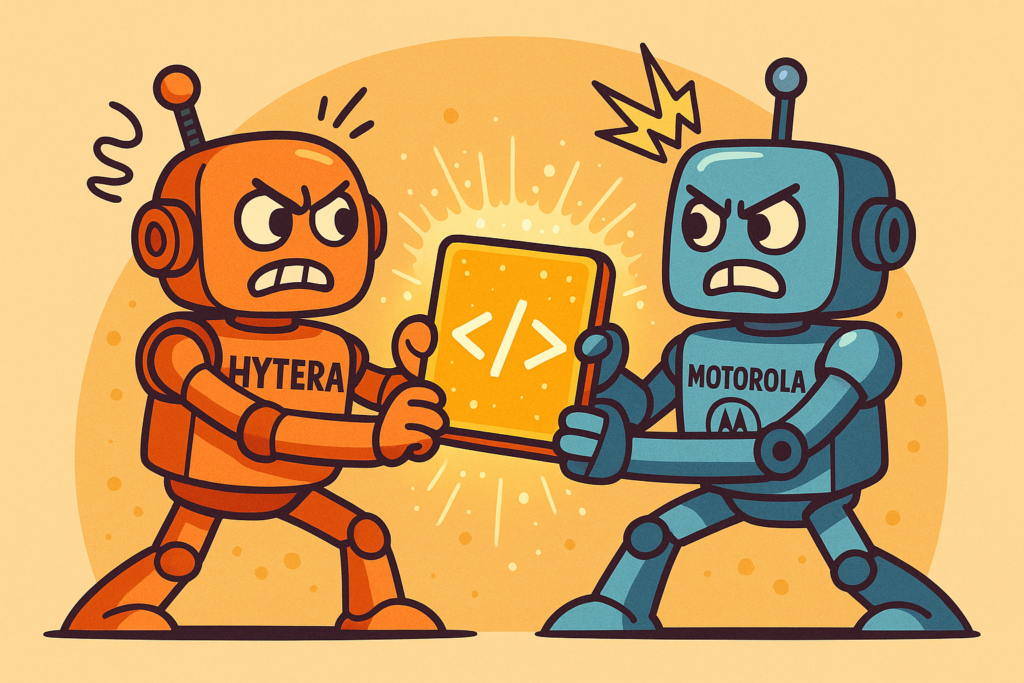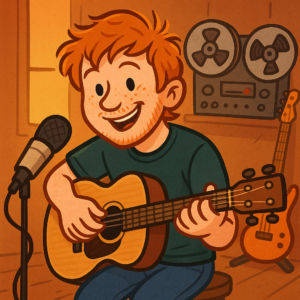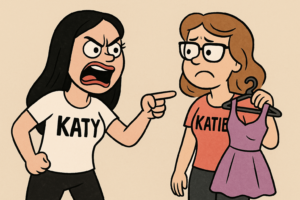Sportsgirl Got Sabred
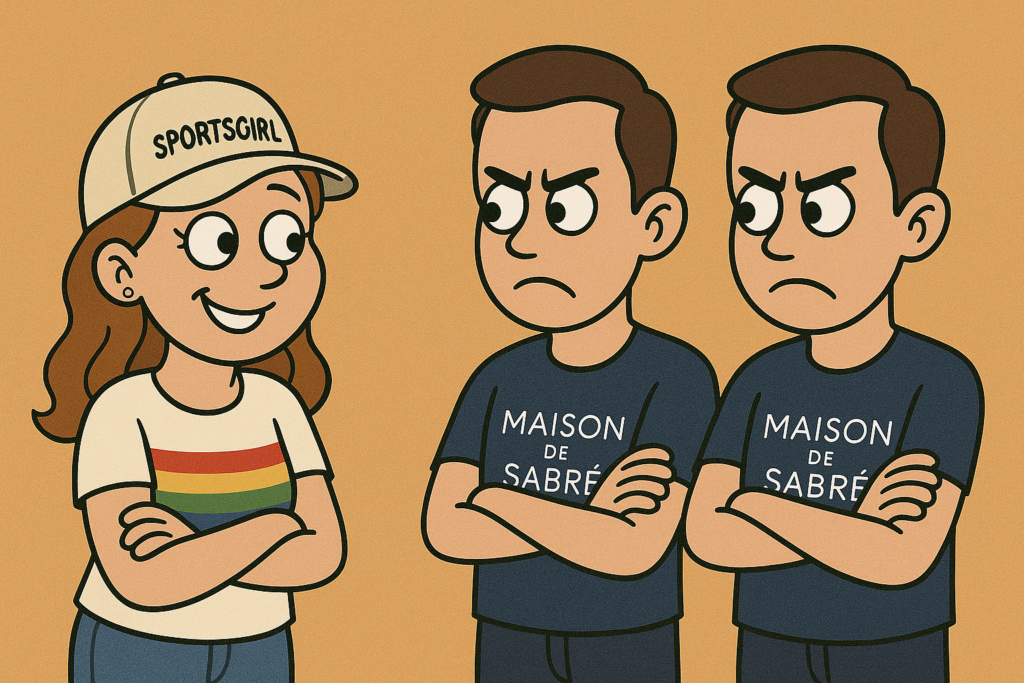 Not a food fight this time, but there’s real passion in fashion in the recent spat between Sportsgirl and high end Sydney brand Maison de Sabre.
Not a food fight this time, but there’s real passion in fashion in the recent spat between Sportsgirl and high end Sydney brand Maison de Sabre.
Sportsgirl has recently removed from sale some miniature wallets shaped like fruit after Maison de Sabre accused them of copying their products.
Maison de Sabre says that in 2023 it launched its now very popular fruit-shaped charms, which are quite distinctive. More recently, Sportsgirl started selling miniature wallets, some of which are seen below side by side with the relevant Maison de Sabre products (obviously the Sportsgirl products don’t have “Maison de Sabre” printed on them).
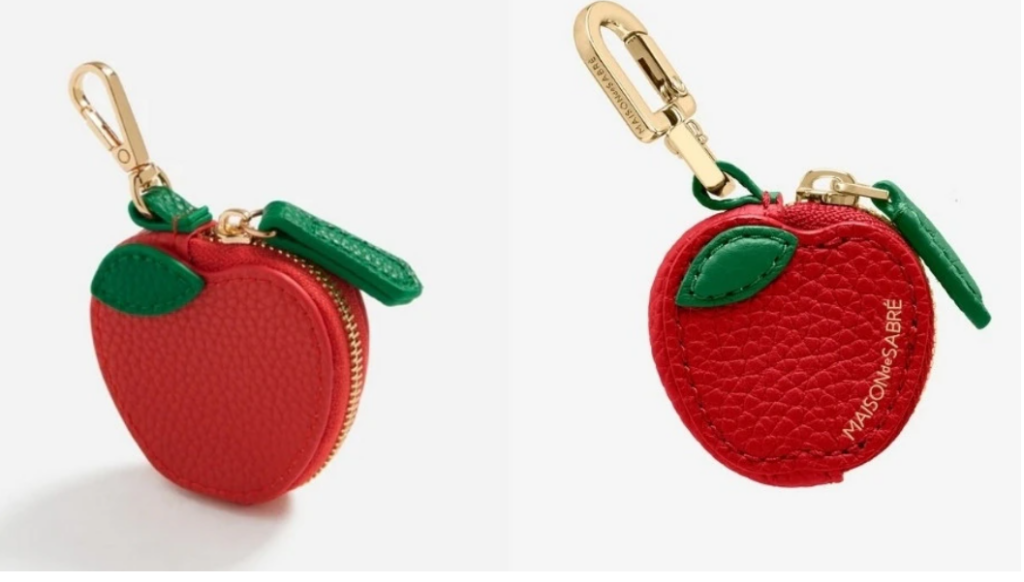
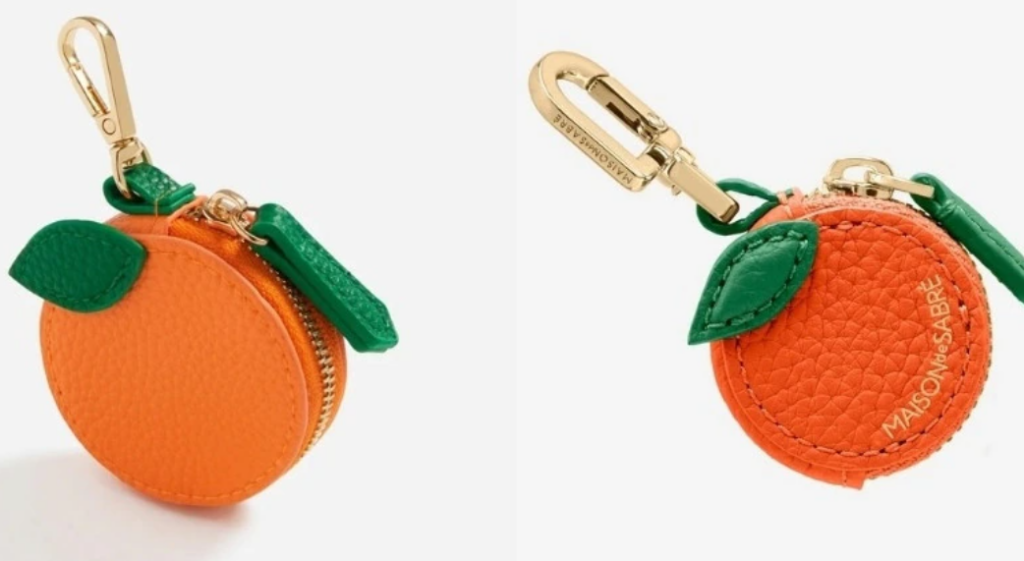
Images: Courier Mail
Well, imagine that – Sportsgirl releases some products strikingly similar to Maison de Sabre’s best-sellers. No logos are copied, and the products aren’t passed off by Sportsgirl as being those of Maison de Sabre (we can assume Sportsgirl hung a Sportsgirl label on them), and Maison de Sabre is renowned for these designs. Is Sportsgirl legally in the wrong?
What About Copyright?
In Australia, copyright protects original artistic works. However, once a design is industrially applied—meaning it’s mass-produced—copyright protection typically doesn’t apply. So, if Maison de Sabre’s design has been sold widely, it’s likely not protected by copyright anymore.
Passing Off / Misleading or Deceptive Conduct?
Passing off occurs when one brand misrepresents its products as those of another, causing consumer confusion. But if Sportsgirl clearly branded the products and didn’t suggest any association with Maison de Sabre, it’s challenging to claim passing off.
For the same reasons, it could be difficult to establish misleading or deceptive conduct, or false representations, in breach of the Australian Consumer Law.
Registered Designs: Your Fashion Shield
The most robust protection for product designs in Australia is through registering the design. This grants exclusive rights to the visual appearance of a product.
If Maison de Sabre had registered its designs, it could take action against Sportsgirl for infringement.
⚖️ The Verdict
Without a registered design, and if there’s no misleading branding or consumer confusion, Sportsgirl’s original actions in releasing those products for sale might have been legally permissible (even if not a great look / ethically questionable).
Again, Sportsgirl has withdrawn those products now, so perhaps crisis averted for either party.
It’s still a stark reminder for designers: protect your creations proactively.


